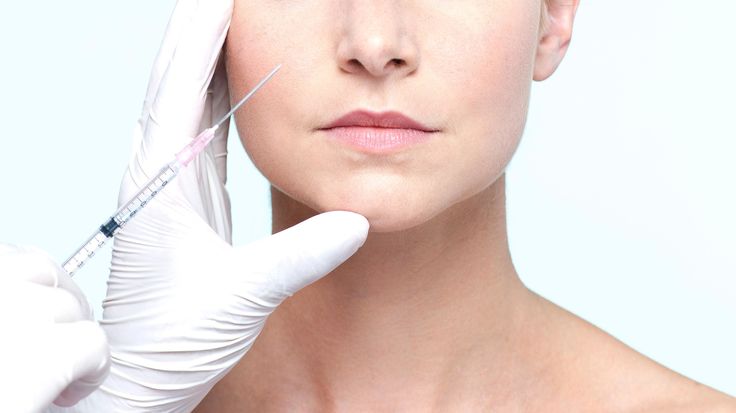
Cosmetic enhancements, once the preserve of the elite or the overtly glamorous, have steadily woven themselves into the fabric of everyday life. What was once considered taboo or a symbol of vanity has become a normalized aspect of self-care and personal improvement. Today, the growing acceptance of cosmetic procedures reflects shifting cultural values, advancements in technology, and the undeniable influence of social media.
The concept of “normal” in the realm of beauty has undergone a significant transformation. In the past, cosmetic procedures were often kept secret, with recipients hesitant to admit they had undergone enhancements. Now, these treatments are openly discussed and even celebrated. Botox parties, social media “before-and-after” posts, and influencers sharing their cosmetic journeys have demystified the process, creating an environment where individuals feel empowered to make changes without fear of judgment.
One of the driving forces behind this shift is the accessibility of cosmetic enhancements. Innovations in medical technology have made procedures more affordable, minimally invasive, and safer than ever before. Non-surgical treatments like Botox, dermal fillers, and laser resurfacing are increasingly popular due to their quick results and minimal downtime. These advancements have bridged the gap between invasive surgery and everyday self-care routines, allowing more people to incorporate cosmetic enhancements into their lives.
Social media has played a pivotal role in normalizing cosmetic procedures. Platforms like Instagram and TikTok have become showcases for idealized beauty, with influencers and celebrities often attributing their flawless appearances to aesthetic treatments. The constant exposure to such content creates a sense of familiarity with and desire for similar enhancements. Terms like “Instagram face” and “Snapchat dysmorphia” highlight the direct impact of filters and photo-editing tools, which often set unattainable beauty standards. For many, cosmetic procedures offer a way to bridge the gap between real life and their curated online persona.
Moreover, cosmetic enhancements are no longer solely associated with women. Men are increasingly turning to treatments like Botox (often rebranded as “Brotox”), hair restoration, and jawline contouring to achieve a more youthful or defined appearance. This growing inclusivity reflects a broader cultural acceptance of self-improvement, regardless of gender.
The normalization of cosmetic enhancements is also influenced by shifting attitudes toward aging and self-expression. While older generations may have sought to hide their procedures, younger generations view them as a means of self-care and empowerment. For many, enhancements are less about conforming to societal beauty standards and more about feeling confident and comfortable in their own skin.
However, this cultural shift is not without challenges. The increasing prevalence of cosmetic procedures raises ethical and psychological questions. Are we fostering a culture of self-improvement or perpetuating unrealistic beauty standards? The rise of body dysmorphia and the potential for overuse of enhancements highlight the need for balanced conversations about self-worth and authenticity.
In conclusion, the embrace of cosmetic enhancements in everyday culture marks a significant evolution in how we perceive beauty and self-care. While these procedures can offer confidence and empowerment, it is crucial to approach them mindfully. As society continues to embrace the “new normal,” the focus should remain on celebrating individual choices and diversity, ensuring that beauty, in all its forms, is a source of self-expression rather than conformity.